Overnight Cruising
Overnight cruising is a popular form of boating, where enthusiasts embark on extended journeys aboard a comfortable and well-equipped vessel. These adventures can take boaters through serene lakes, winding rivers, or breathtaking coastal waters. Whether you're new to the world of overnight cruising or an experienced boater looking to hone your skills, it's essential to understand the vital aspects of cruising boats, practicalities of overnight stays on the water, and the necessary safety measures.
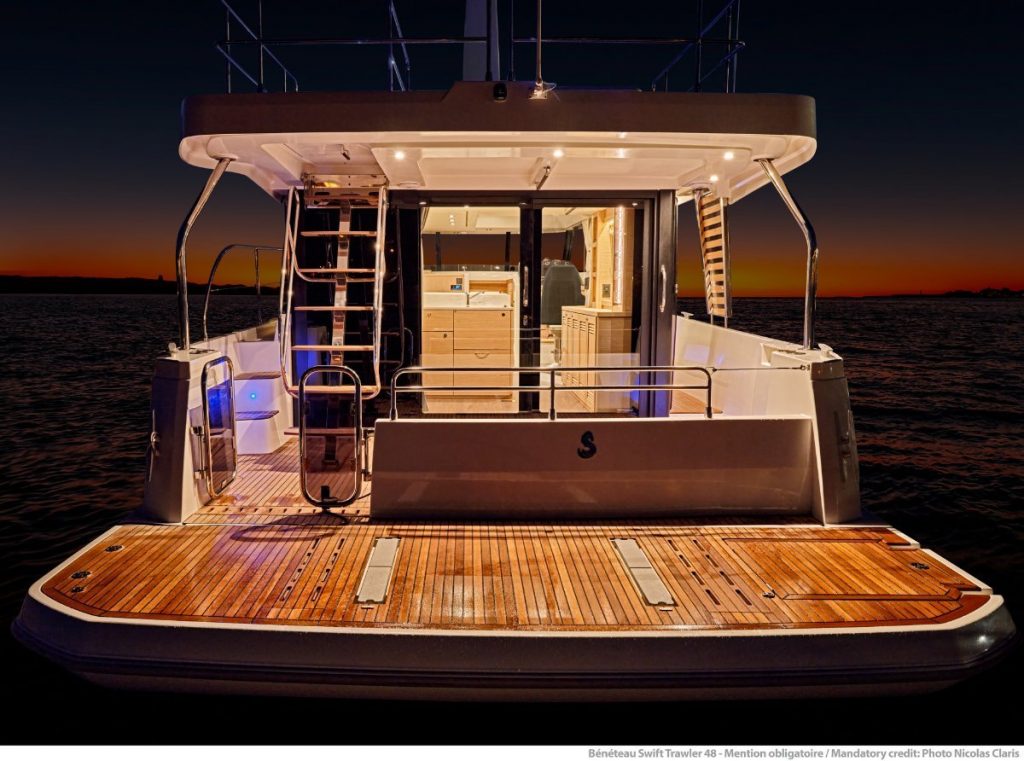
Choosing the right boat for an overnight cruise is crucial to ensure a pleasant and safe experience. Various types of boats are suitable for different purposes and preferences, from nimble sailboats to spacious motor yachts. Equally essential is knowing how to prepare for the journey, including navigation planning, provisioning, and considering the logistics of docking and anchoring. With adequate knowledge and preparation, overnight cruising can become a memorable adventure, providing boaters with unique experiences and opportunities to explore new destinations.
Key Takeaways
- Selecting the appropriate boat type is essential for a comfortable and safe overnight cruising experience
- Adequate preparation, from navigation to provisioning, ensures smooth sailing and enjoyable stays on the water
- Adopting necessary safety measures and knowledge of boat handling is vital for both daytime and nighttime cruising
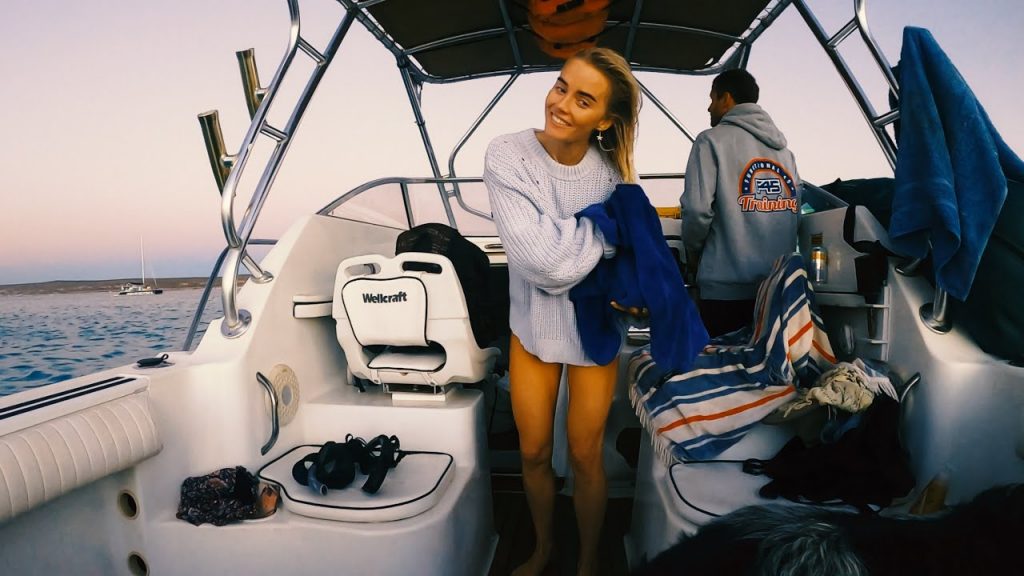
Overnight Cruising Boats: An Overview
Overnight cruising boats are designed to provide comfort and convenience for those who wish to spend extended periods of time on the water. These boats come in various styles and sizes, offering a wide range of options for individuals or groups seeking an optimal cruising experience.
Motor yachts and cabin cruisers are among the most popular types of overnight cruising boats. These vessels typically feature spacious interiors with comfortable sleeping quarters, fully-equipped kitchens, and a host of amenities tailored for longer voyages. Moreover, their powerful engines allow for swift navigation across the water, ensuring an enjoyable and efficient cruising experience.
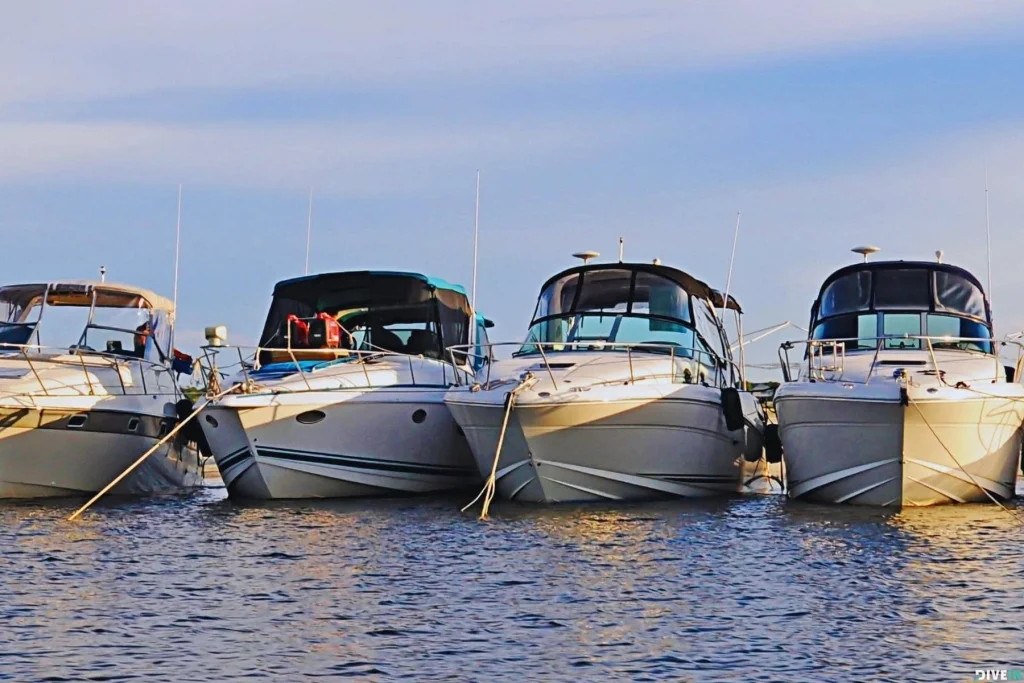
Power cruisers, on the other hand, offer a balance between speed and comfort, often equipped with expansive outdoor living spaces and amenities such as sun decks and swimming platforms. These boats are ideal for those who enjoy water-based activities or simply wish to relax in the sun while exploring various destinations.
Cuddy cabins and bowriders are smaller, more versatile options for overnight cruising enthusiasts. Despite their compact size, these boats still offer cozy sleeping quarters, making them suitable for weekend getaways or day cruises. Their agile handling and maneuverability also make them popular choices for water sports and coastal exploration.
Trawlers are another popular type of overnight cruising boats. Known for their stability and fuel efficiency, trawlers are ideal for leisurely, long-distance cruising, often featuring roomy interiors and ample storage capacity for extended voyages. These boats are well-suited for boating enthusiasts seeking a more leisurely pace on the water.
In conclusion, finding the perfect overnight cruising boat largely depends on individual preferences and requirements. Online resources such as Boatline.com are valuable tools for conducting research and comparing various boat types, helping potential buyers or renters make an informed decision. Ultimately, the right choice of an overnight cruising boat can guarantee unforgettable experiences on the water, replete with comfort, luxury, and adventure.
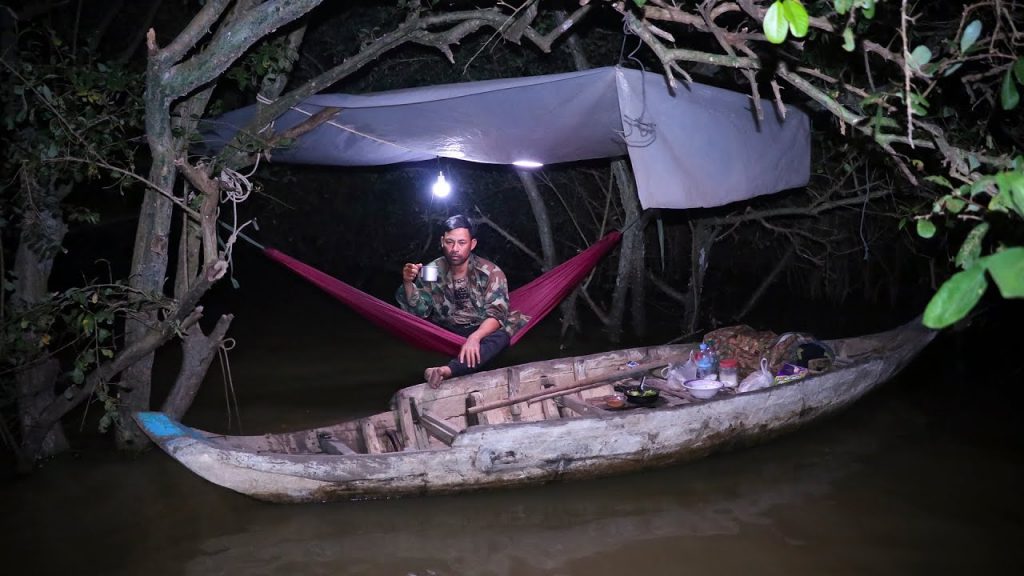
Understanding Different Types of Boats
When it comes to overnight cruising, there are several types of boats to choose from, each offering unique features and experiences. In this section, we will discuss some popular boat types, including sailboats and luxury vessels.
Sailboats are a popular choice for overnight cruising due to their eco-friendly nature and the serene experience they provide. These boats use wind power to navigate the waters, making them energy-efficient and environmentally-friendly. There are various types of sailboats, such as monohulls, catamarans, and trimarans. Monohulls are traditional single-hulled boats, while catamarans have two connected hulls, offering more stability and space. Trimarans, with three hulls, provide even more space and stability. When choosing a sailboat for overnight cruising, consider factors like size, layout, and amenities.
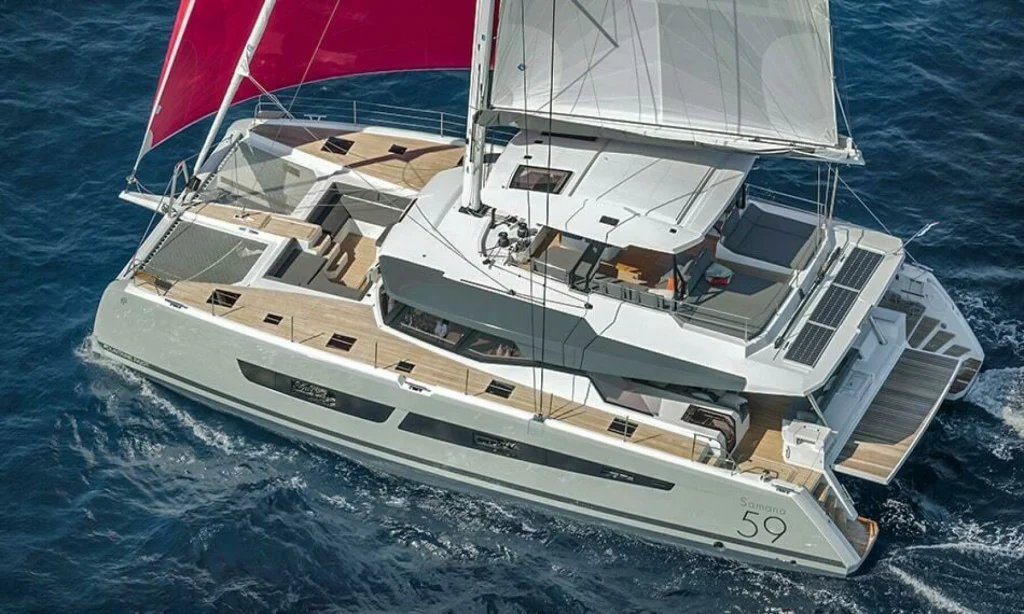
Luxury vessels cater to those seeking a more indulgent overnight cruising experience. These boats often feature state-of-the-art amenities, spacious cabins, and top-notch services. Some common types of luxury vessels include motor yachts, mega yachts, and superyachts. Motor yachts are powered by engines and can cover long distances at high speeds. Mega yachts are large motor yachts that typically exceed 100 feet in length and offer more extravagant features. Superyachts are even more opulent, showcasing advanced technology, refined design, and personalized services.
Other types of boats suitable for overnight cruising include trawlers, cruisers, and multi-hull powerboats. Trawlers are slow, steady boats with a focus on comfort and fuel efficiency. They often have spacious, home-like interiors, making them ideal for long cruises. Cruisers are versatile boats that can be used for fishing, entertaining, and overnight stays. They come in various sizes and styles, from cabin cruisers to express cruisers. Multi-hull powerboats, such as power catamarans and trimarans, offer an excellent combination of speed, stability, and living space.
When selecting the best boat for your overnight cruising adventure, consider factors such as the size of your party, the desired level of luxury, and the locations you plan to visit. Each boat type has its own benefits, so it's crucial to assess your specific needs and preferences carefully before making a decision.
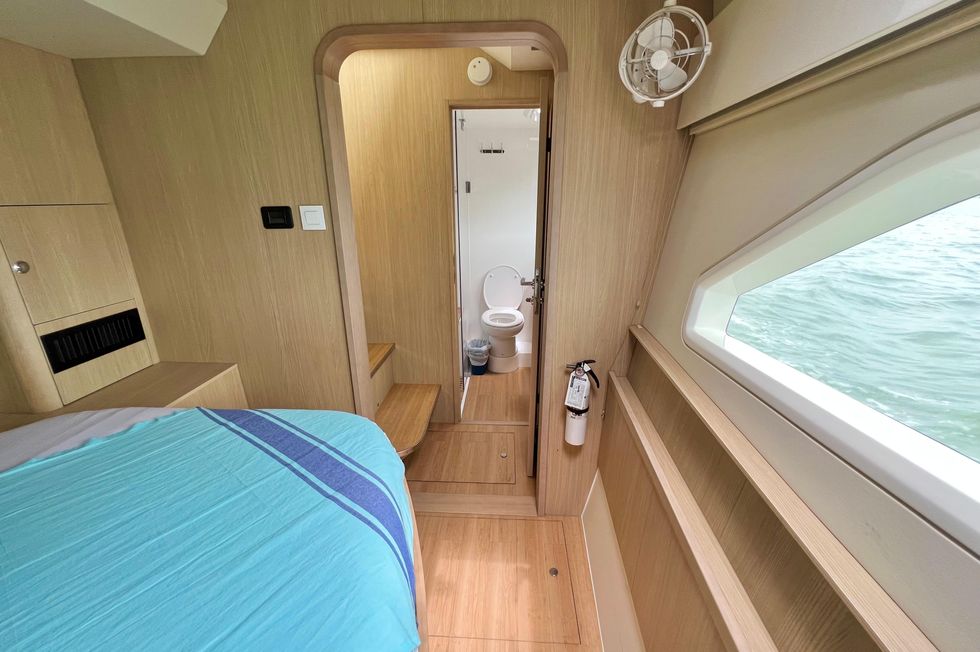
Preparation for Overnight Cruising
Preparing for an overnight cruising adventure requires thorough planning and attention to detail. This ensures a safe, enjoyable, and hassle-free experience for all on board. Here are some essential steps to undertake when gearing up for an overnight cruise.
First and foremost, create a comprehensive checklist to cover all aspects of preparation. This list should include important safety equipment, provisions, and any essential documentation needed during the journey. Sticking to this checklist guarantees no crucial items are forgotten.
Proper communication electronics play a crucial role during overnight cruising. This includes a reliable marine VHF radio to maintain contact with other boats, marinas, and coastguards. Ensure the radio is fully functional and familiarize yourself with its usage to communicate effectively in case of emergencies.
One of the most important items to consider for overnight cruising is a portable generator. This valuable equipment supplies power to all onboard systems, including navigation devices, lights, and other essential electronics. Choose a generator that is suitable for your boat's power requirements and make sure it is well-maintained to avoid any breakdowns during the journey.
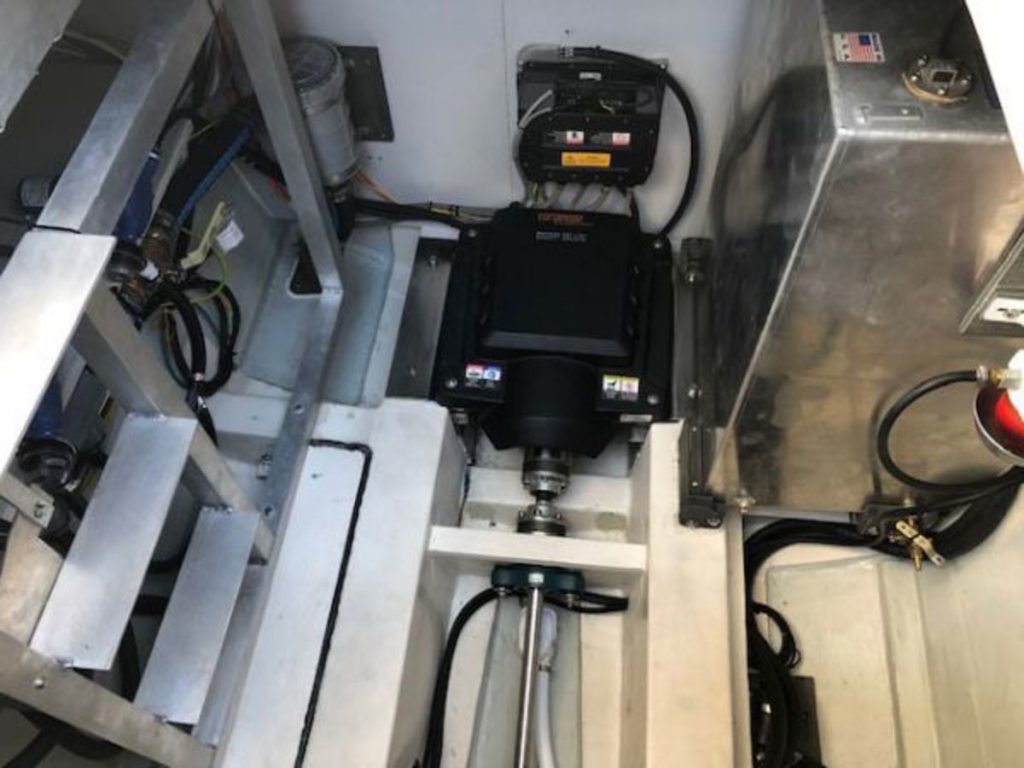
It is crucial to have extra batteries on board to power handheld devices, flashlights, and other items that might require battery replacements during the trip. Keep these batteries in a safe and accessible location, so they can be easily reached when needed.
Safety equipment, such as flares, should be readily available in case of emergencies. These can be used to signal for help and alert rescue teams of your exact location. In addition to flares, ensure to have other visual distress signals like flags or strobe lights on board.
In conclusion, properly preparing for an overnight cruise is essential for a safe and memorable experience. By following a comprehensive checklist and equipping the boat with necessary items like communication electronics, portable generators, extra batteries, and flares, cruisers can confidently embark on their journey and enjoy the beauty of life on the water.
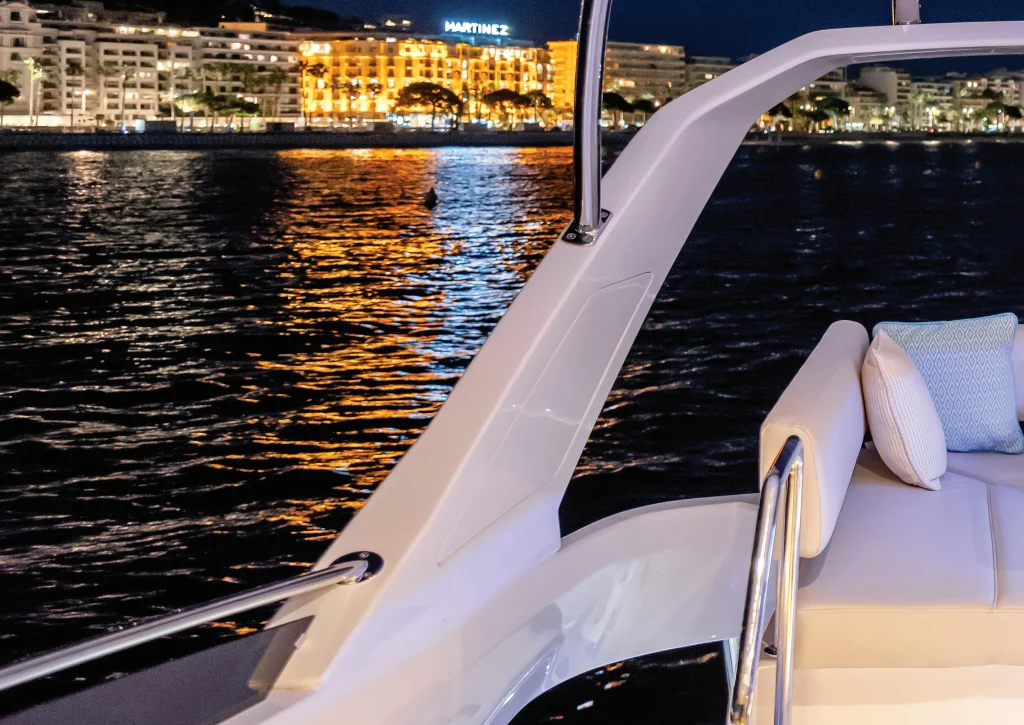
Safety Measures for Night Boating
Safety is paramount when it comes to overnight cruising boats, as risks can increase during nighttime hours. The first thing to consider is that everyone on board should wear a lifejacket or personal flotation device (PFD). Lifejackets provide buoyancy and can increase the chances of survival in water emergencies.
Illumination on the boat is essential during nighttime cruising. Running lights are crucial, as they help other vessels determine your position, direction, and speed. Make sure to check that all running lights are functional before setting off on a nighttime voyage. Additionally, a headlamp with a red filter can come in handy for the crew, as it helps maintain their night vision without disturbing other boaters.

Being aware of obstacles and potential hazards is also vital for safe night boating. Night vision may be limited, so having a crew member acting as a lookout can help spot potential dangers. Electronic aids such as GPS, depth finders, and radar can contribute significantly to safe navigation in the dark.
It's crucial to maintain a clear line of communication with the crew during night voyages. A decent walkie-talkie or onboard communication system can keep everyone connected and informed about any changes or potential hazards. By establishing clear communication protocols, the crew can react efficiently and accurately to any situations that arise.
When traveling on overnight cruising boats at night, be conscious of the risks and ensure that everyone on board is familiar with the boat's safety equipment. By following these safety measures, such as wearing lifejackets, using adequate lighting, staying vigilant for obstacles, maintaining good communication, and relying on navigation aids, you can enjoy a safe and memorable nighttime cruise experience.
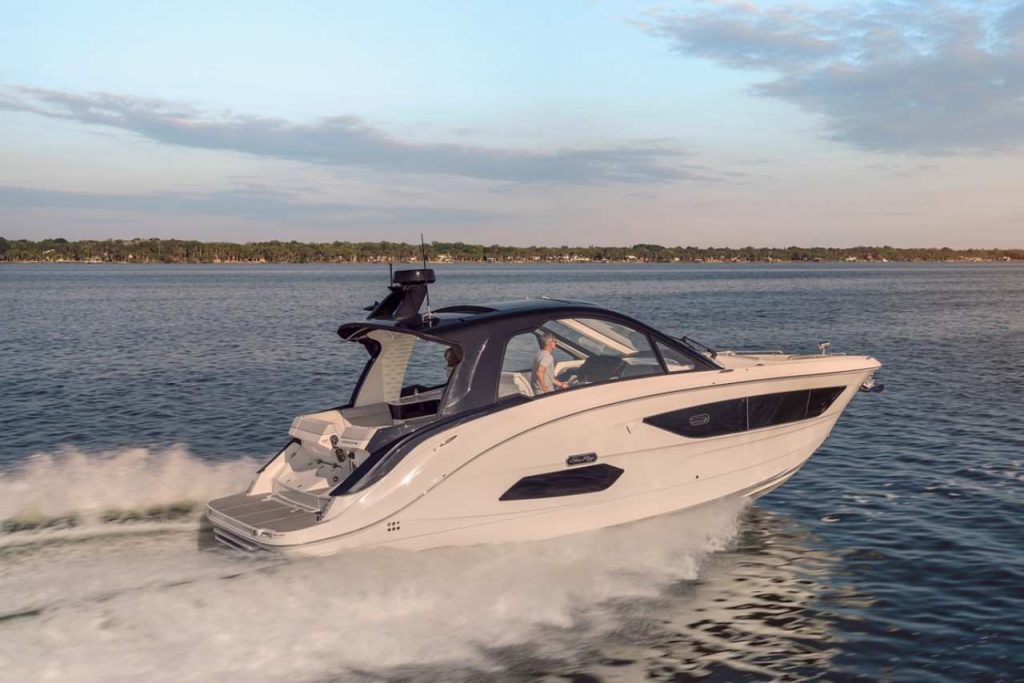
Key Features of an Ideal Cruising Boat
An ideal cruising boat provides comfort, safety, and convenience for its passengers. One of the key factors in ensuring comfort during an overnight cruise is having ample living space and amenities that make the boat feel like a home away from home. A well-designed interior with functional living areas, including a cozy sleeping area and a well-equipped galley, is crucial for a quality cruising experience.
An efficient galley is essential for preparing meals during the voyage. It should be equipped with adequate storage for food and cooking supplies, as well as appliances such as a stove, oven, refrigerator, and sink. A well-planned galley allows passengers to enjoy meals together, promoting a sense of community and camaraderie on board.

When it comes to communication and safety, cruising boats should have modern radios and navigation equipment. A reliable VHF radio provides the means to communicate with other boats, marinas, or emergency services, while GPS devices and chartplotters assist with route planning and navigation. Radar and AIS (Automatic Identification System) can also be beneficial for identifying other vessels, especially in congested waterways or during poor visibility conditions.
In addition to radios and navigational tools, other essential safety features include a well-maintained engine, appropriate sails or motor power, and a stable hull design. A capable propulsion system ensures that the boat moves smoothly and efficiently, adapting to various weather conditions and sea states. Moreover, a sturdy hull design provides stability, reducing the risk of capsize or discomfort during rough seas.
Furthermore, non-slip surfaces on decks, secure handholds, and a practical layout with easy access to essential equipment contribute to the overall safety and functionality of the cruising boat. Integrating these features can help create a comfortable and secure environment for overnight cruises, ensuring that both novice and experienced sailors can fully enjoy their time on the water.
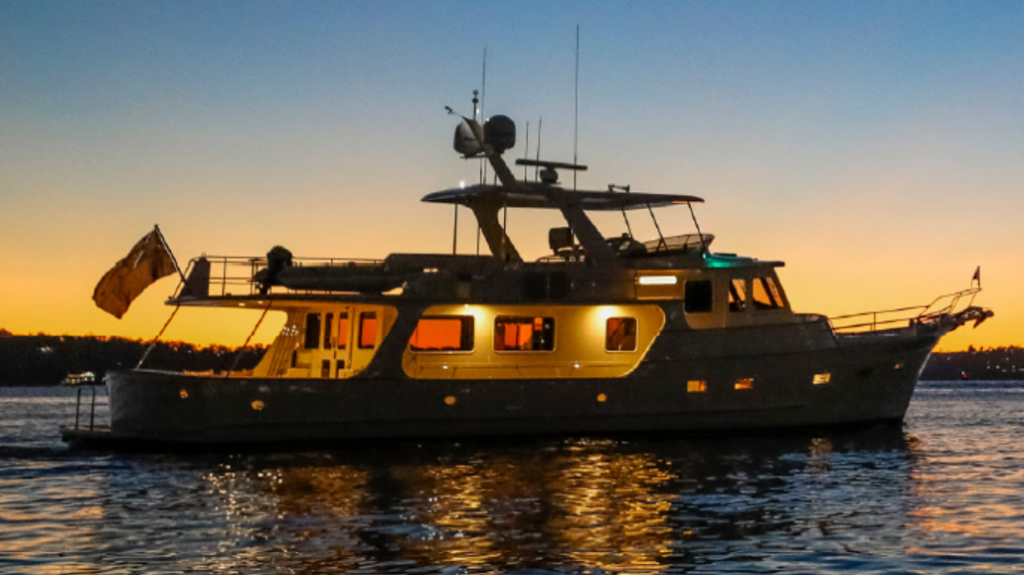
Navigation and Docking
Navigating and docking overnight cruising boats requires skill, knowledge, and experience. Before embarking on a journey, it is crucial to have a clear understanding of the weather conditions, destination(s), and any potential hazards that may be encountered.
Accurate navigation is essential for a safe and enjoyable trip. Modern boats usually come with advanced navigation systems, but it is always a good idea to have a backup plan, such as traditional maps and compasses. Ensuring that the boat is equipped with the latest charts, GPS devices, and communication equipment can help prevent any unexpected surprises.
Weather plays a significant role in the enjoyment and safety of overnight cruising. Keep a close eye on the local weather forecasts and adjust the route or travel plans accordingly. In addition, being prepared to encounter changing weather conditions by bringing appropriate gear and having a plan to handle emergencies is vital.
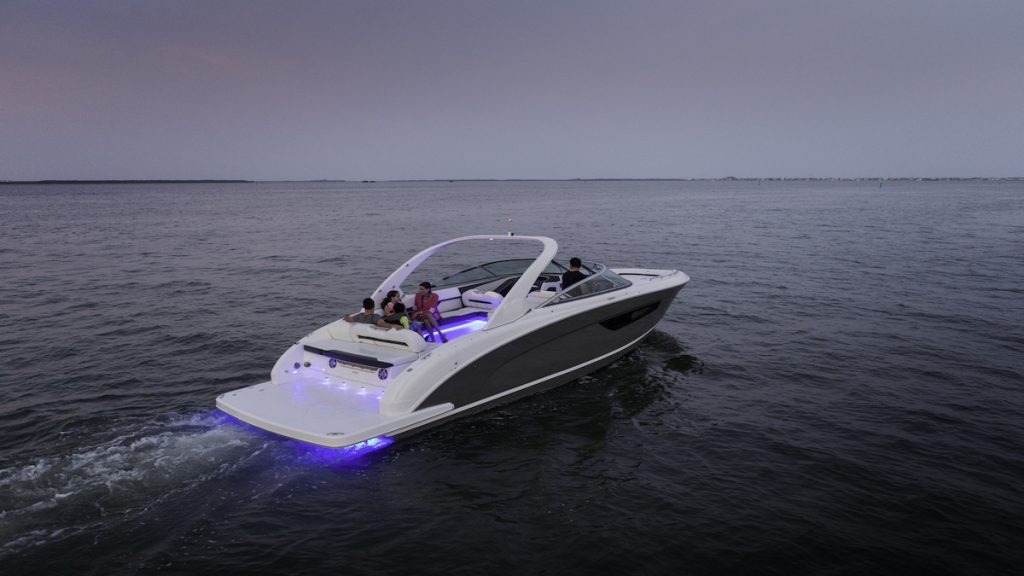
Planning the destination is an exciting part of overnight cruising. Researching potential destinations will ensure a memorable and enjoyable journey. When choosing destinations, consider factors such as available marinas, docking facilities, and nearby amenities. Additionally, checking for any local regulations, restrictions, or fees can help avoid any unexpected surprises.
Docking at marinas and ports requires proper preparation and execution. Familiarizing oneself with marina layouts, protocols, and communication channels will help ensure smooth docking. It is important to respect and follow any local rules and etiquette when approaching and docking at a marina.
Anchoring is another crucial aspect of overnight cruising. It is important to know the types of anchors suitable for the boat and the seabed conditions at the chosen destination. Understanding how to set an anchor properly and securely will ensure a safe and restful night.
In conclusion, careful planning and preparation, as well as a solid understanding of navigation, weather, destinations, marinas, docking, and anchoring, contribute to a successful and enjoyable overnight cruising experience. Be confident, knowledgeable, and stay aware of any changes in conditions to ensure a safe journey.
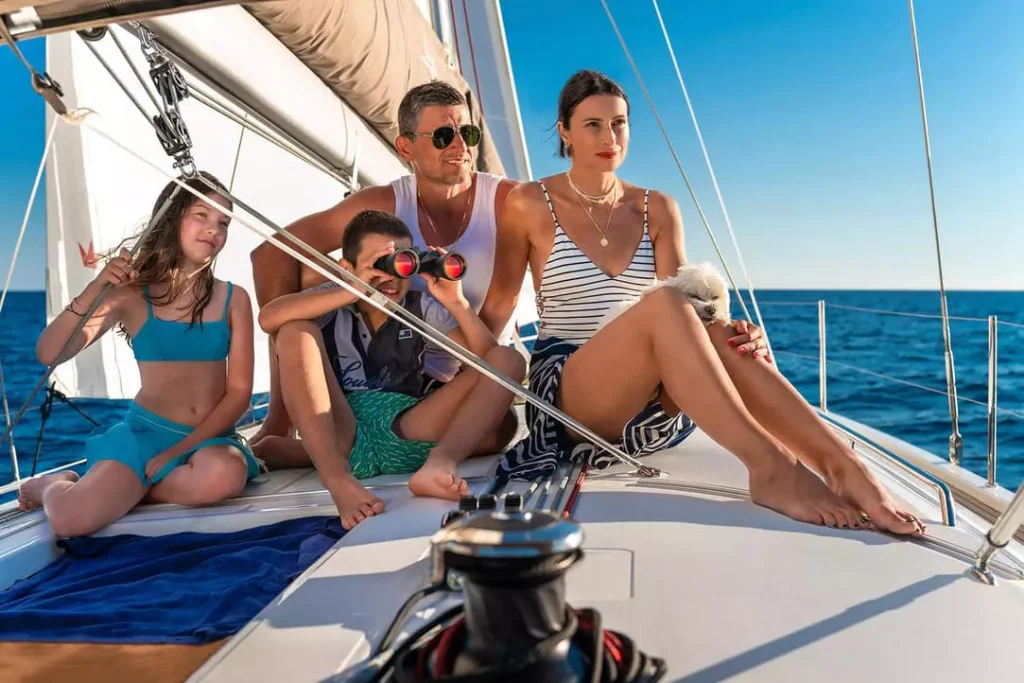
Crew, Food, and Entertainment
When planning an overnight cruise, it's essential to consider the experience and knowledge of the crew. A professional and trained team ensures a safe and enjoyable journey. The crew plays a pivotal role in navigating the boat, assisting guests, and ensuring all onboard systems function properly.
The culinary aspect of overnight cruising can greatly enhance the overall experience. A well-rounded menu should cover a range of meals, from satisfying snacks to more elaborate dinner options. When packing food for the trip, consider incorporating both cold items and those requiring cooking. Cold foods can be easily stored in ice chests and offer a no-fuss option for quick bites. Options like sandwiches, fruit, and cheese platters make for convenient and tasty choices.
For those seeking a more elaborate culinary experience, cooking meals onboard can be an enjoyable activity for the entire group. Grilling is a popular choice for overnight cruising, as it allows guests to enjoy the great outdoors while preparing their meals. Don't forget to bring along essential grilling tools and a variety of spices to elevate the flavors of the dishes being prepared.
An essential aspect of any cruise is entertainment. Besides enjoying the breathtaking views and peaceful moments on the water, incorporating games and activities onboard adds to the overall experience. Board games, cards, and portable electronic devices can be easily brought along for evening entertainment.
Water sports also provide thrilling ways to engage with the surrounding environment. Snorkeling, for example, allows guests to explore the underwater world and encounter marine life up close, adding an unforgettable element to the cruise. Furthermore, engaging in water sports and activities offers a much-needed break from being confined to the boat.
In conclusion, by considering the crew, food, and entertainment options, a fantastic overnight cruising experience can be planned. With proper preparation and attention to detail, guests can create lasting memories while enjoying the beauty and serenity of the journey.
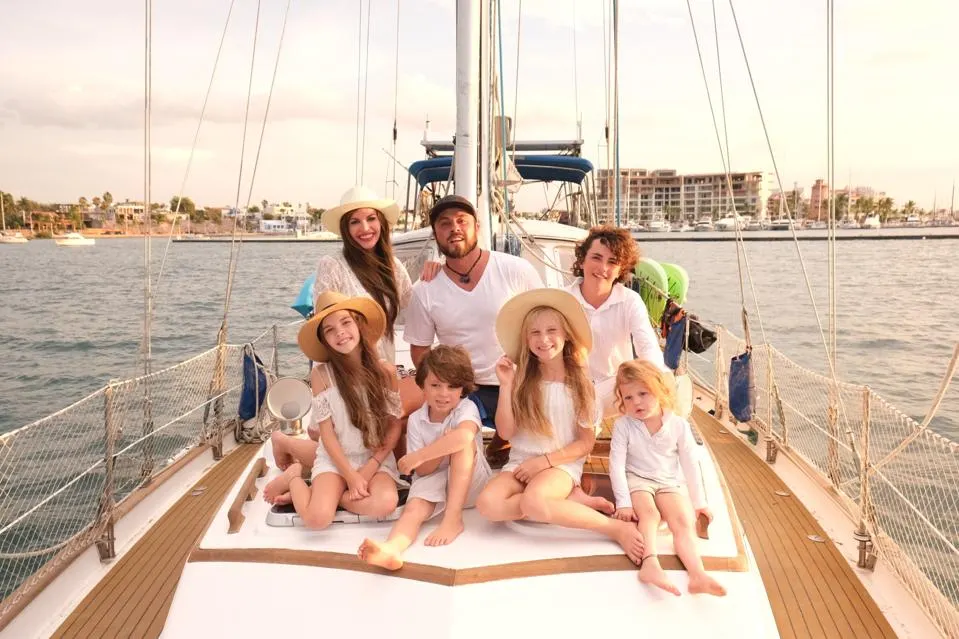
Tips for Overnighting on a Boat
Overnight cruising boats provide a unique adventure, allowing you to combine the excitement of being out on the water with the relaxation of spending the night under the stars. To make your on-board overnight experience enjoyable and safe, consider the following essential tips.
Firstly, ensure that your boat is well-equipped for overnighting. Pack essentials like comfortable blankets, quality pillows, and proper eating and cooking utensils. This ensures that your family can sleep soundly and enjoy meals together while at sea.
When you are preparing to spend the night on a boat, it's essential to select a safe anchorage spot. Look for a quiet area with protection from wind and waves. Also, be mindful of the forecast and any potential changes in weather, which may impact your overnight experience. Anchor securely, ensuring adequate scope to hold the boat in place throughout the night.

Relaxation is a significant aspect of overnighting on a boat, and lighting plays a crucial role in setting the ambiance. Soft, warm lights create a calming environment, so choose low-level LED lights or lanterns. Make sure to turn off lights outside the boat to preserve your night vision and not disturb other boaters nearby.
Navigating at night can be a bit more challenging than during the day due to reduced visibility. Ensure that all navigational lights are in proper working order, and make use of radar, GPS, and chartplotters to maintain situational awareness. Additionally, have a good set of binoculars on hand to keep an eye on the horizon and any potential hazards.
Safety should be your top priority when spending the night on a boat. Make sure that all family members are familiar with the vessel's safety equipment, including life jackets, fire extinguishers, and emergency communication devices. Establish a plan in case of emergency, and inform everyone on board. This will ensure a confident and smooth overnight experience.
In conclusion, overnight cruising boats offer a unique vacation on-demand, granting you the opportunity to enjoy the tranquility of the open water and a peaceful night under the stars. Ensuring proper preparation and maintaining a focus on safety is vital for a memorable and enjoyable overnight adventure.
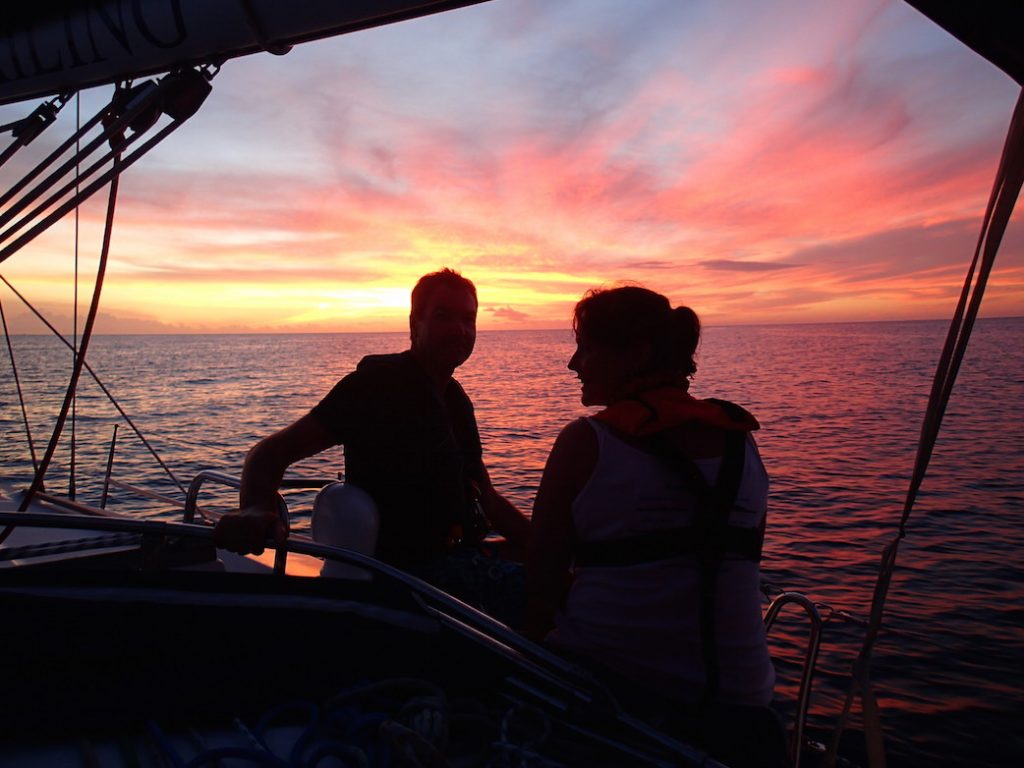
Practical Aspects of Overnight Cruising
When planning an overnight cruising trip, it's essential to consider various key factors such as budget, travel distance, and the equipment needed. Cruising boats can be a versatile mode of transportation for a relaxing vacation, providing fishing enthusiasts with access to spots in rivers or bays that cannot be easily reached by land.
Budget plays a significant role in overnight cruising experiences. Taking into account the cost of the boat, equipment, fuel, and overnight accommodations will help determine the type of cruise that suits your financial situation. Smaller boats are generally more affordable, but may not offer the same level of comfort as larger vessels. It's also essential to allocate funds for food, as many cruisers opt to prepare meals in onboard galleys to save money.
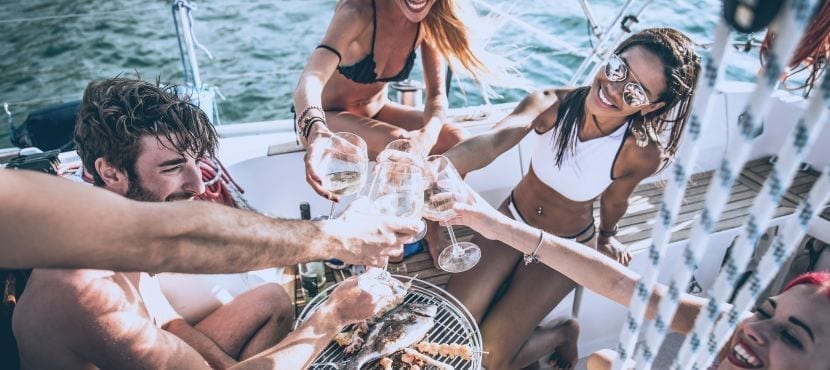
For those looking to travel long distances, proper planning and preparation are crucial. When exploring more remote areas, it's essential to have accurate navigation tools and knowledge of the local waters, which may include understanding tides, currents, and potential hazards. Additionally, fuel management is vital for extended cruises, ensuring the boat can safely reach its destination and return.
A popular aspect of overnight cruising is to combine the adventure with a fishing vacation. To make the most of this experience, research ideal fishing spots along the planned route, and ensure the boat has the necessary equipment, such as rod holders and fish storage. Many cruisers appreciate the convenience of fishing from the comfort of their boat, making it a particularly enjoyable part of the journey.
Safety should be a priority when planning an overnight cruise too. It's essential to be aware of the weather conditions during the trip and plan accordingly. Adequate safety gear, such as life jackets, flares, fire extinguishers, and a reliable communication system, should be on board.

Finally, don't forget to choose the right overnight accommodations based on your preferences. Some cruisers prefer to anchor in secluded bays and sleep onboard, while others opt for marinas with access to shore power and facilities like showers, laundry, and Wi-Fi. In more remote locations, there may even be opportunities to stay near a hotel, providing an alternative to those who prefer a land-based overnight stay.
By considering these practical aspects, overnight cruising can be a rewarding and memorable experience, offering unique travel opportunities and outdoor adventures.
Frequently Asked Questions
What are the essential features of a suitable overnight cruising boat?
A suitable overnight cruising boat should provide comfort and safety while also delivering good performance for extended trips. Essential features include a well-designed cabin with sleeping accommodations, a galley for food preparation, and a head (bathroom) with necessary facilities. Additionally, the boat should have reliable navigation and communication systems, adequate storage for supplies and personal belongings, and safety equipment like life jackets and fire extinguishers.
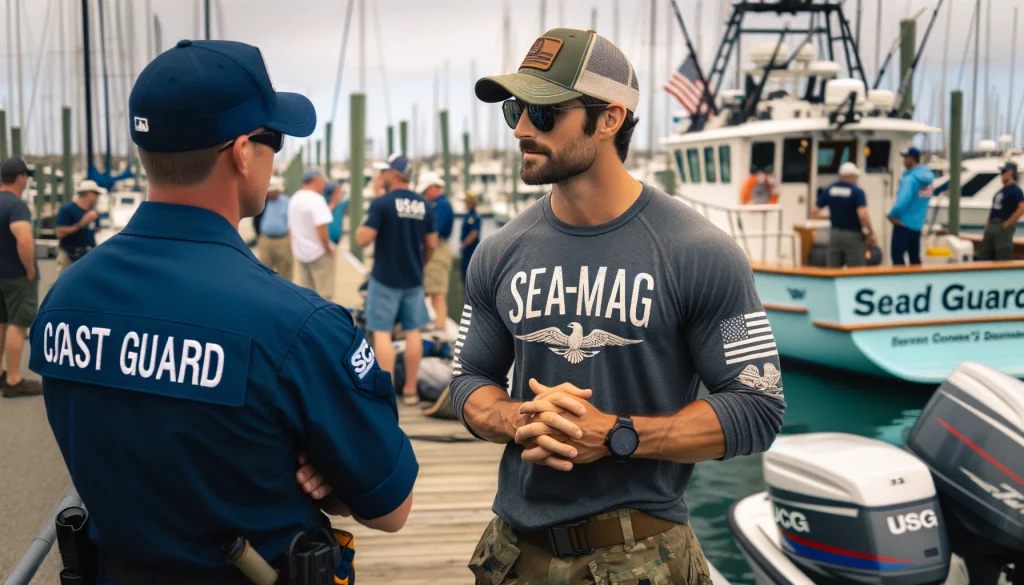
Which boats offer the best combination of comfort and performance for cruises?
The type of boat best suited for comfortable cruising depends on individual requirements and preferences, as well as the intended cruising destinations. Some popular options include trawlers, cabin cruisers, sailing yachts, and catamarans. Trawlers and cabin cruisers provide comfortable accommodations and a generally smooth sailing experience, while sailing yachts and catamarans are often more performance-oriented and fuel-efficient due to their reliance on wind power.
How to choose the right size and layout for a cabin cruiser?
When selecting the size and layout for a cabin cruiser, consider factors such as intended use, the number of people who will typically cruise together, and the desired level of comfort. Smaller boats may be more manageable and cheaper to own and maintain, but they can have limited space and accommodations. Larger boats offer more room and amenities but can be more challenging to handle and maintain. It's important to personally inspect potential boats to ensure the layout meets your specific needs, including the arrangement of sleeping areas, seating, and storage options.
What are the most reliable brands for overnight cruising boats?
Reliable brands for overnight cruising boats include, but are not limited to, Sea Ray, Azimut, Bayliner, Beneteau, Carver, Jeanneau, and Hatteras. These manufacturers have earned reputations for producing quality boats, built with attention to detail and durable materials. However, it is crucial to inspect individual boats and consider factors such as maintenance history, construction quality, and boat age when determining overall reliability.
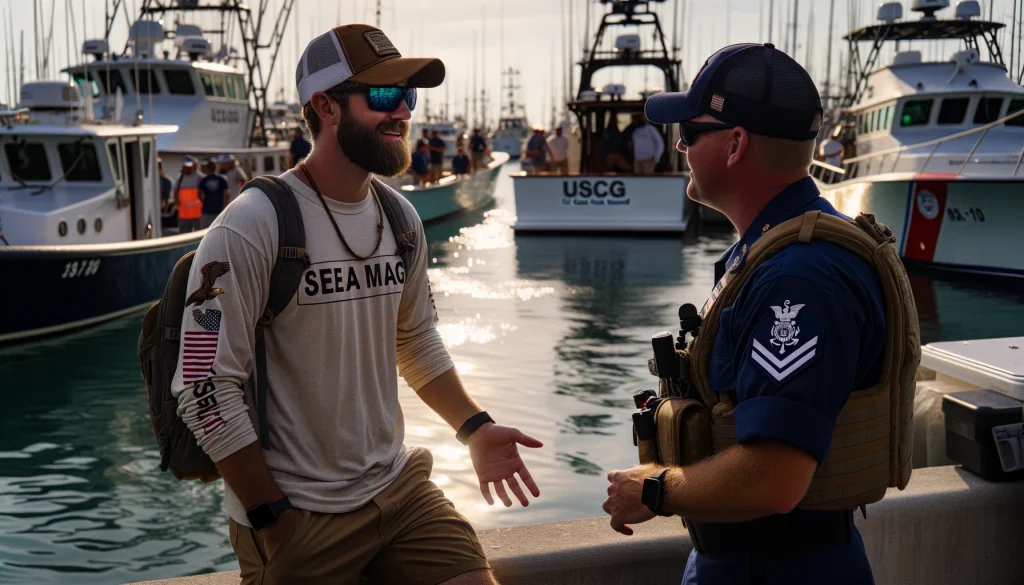
How much does it typically cost to own and maintain a cruising boat?
The cost of owning and maintaining a cruising boat depends on the size and type of the boat, as well as the frequency and duration of use. Expenses include the initial purchase price, financing costs if applicable, insurance, moorage or storage fees, routine maintenance, and fuel. Additionally, boats may require periodic repairs or upgrades, adding to the total cost of ownership. To establish a more accurate estimate, research the ownership costs for the specific make and model of the boat you are considering.
What factors should be considered when buying a used cabin cruiser?
When purchasing a used cabin cruiser, factors to consider include the boat's age, maintenance history, structural and mechanical condition, and overall suitability for your intended use. Inspect the boat carefully and consider hiring a surveyor to evaluate its condition. Additionally, review documentation such as service records, receipts, and any prior surveys. Finally, be sure to take the boat for a sea trial to evaluate its performance and handling.
Charlie is Editor-in-Chief of Sea Magazine







